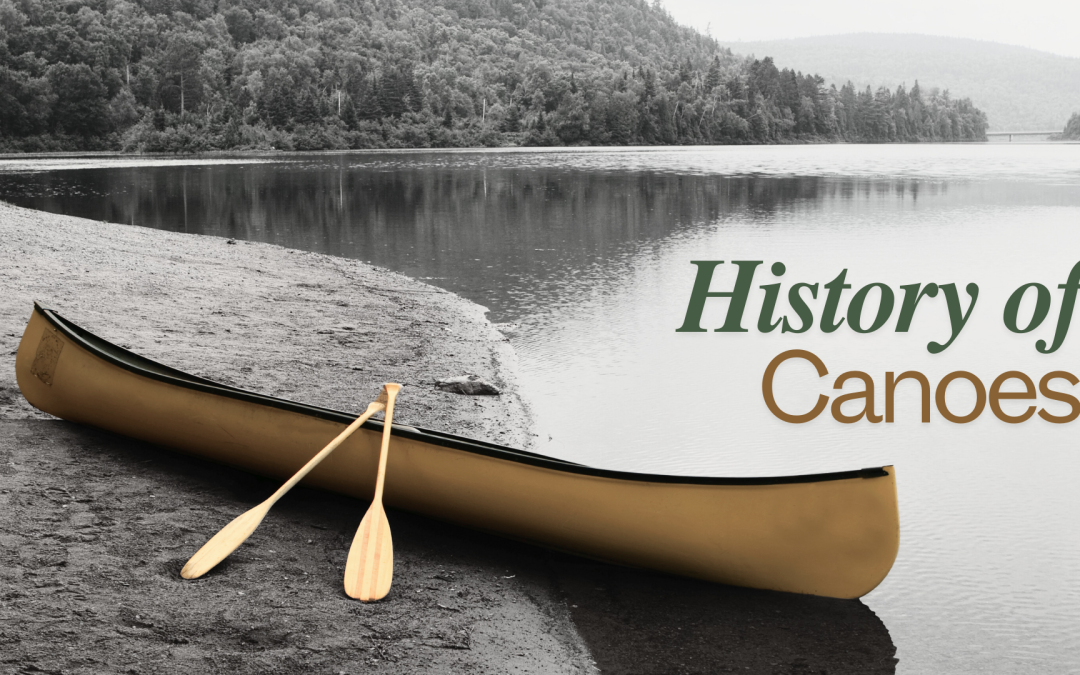Canoeing has a rich history in Nebraska, reflecting the broader evolution of this beloved activity across North America. From its origins with Indigenous peoples to its current status as a popular recreational pursuit, canoeing in Nebraska offers a fascinating glimpse into the past and present of this timeless mode of water travel.
Indigenous Origins
The history of canoeing in Nebraska, like much of North America, begins with the Indigenous peoples who first inhabited the region. These early inhabitants crafted canoes from natural materials such as birch bark, animal hides, and wood. These canoes were essential for transportation, trade, and fishing.
European Exploration and Settlement
The arrival of European explorers and settlers in the 18th and 19th centuries marked a significant shift in the use of canoes. Explorers like Lewis and Clark, who famously paddled the Missouri River during their expedition to the Pacific coast, relied heavily on canoes for their journey. The lightweight and maneuverable design of Indigenous canoes impressed these newcomers, leading to the adoption and adaptation of these vessels for their own purposes.
The Fur Trade Era
During the fur trade era, canoes became indispensable for trappers and traders. The rivers of Nebraska served as vital highways for transporting furs and goods. The birchbark canoe, in particular, was prized for its ability to carry heavy loads while remaining easy to maneuver. This period saw the development of larger, more robust canoes designed to meet the demands of long-distance travel and heavy cargo.
Recreational Canoeing Emerges
By the late 19th and early 20th centuries, the role of canoes began to shift from utilitarian to recreational. As the fur trade declined and transportation infrastructure improved, people started to see canoeing as a leisure activity. Canoe clubs and associations sprang up, promoting the sport and organizing events and excursions. The advent of modern materials like aluminum and fiberglass made canoes lighter weight and more accessible.
Canoeing in Modern Nebraska
Today, canoeing is a cherished pastime in Nebraska, attracting both locals and visitors to its scenic waterways. The state boasts numerous rivers and lakes ideal for canoeing, including the Niobrara River, the Platte River, and the Middle Loup River. These waterways offer a range of experiences, from tranquil paddles through serene landscapes to more challenging routes with rapids and twists.
One of the standout destinations for canoeing in Nebraska is the Nebraska Sandhills. This unique region, characterized by its rolling sand dunes and lush grasslands, provides a stunning backdrop for canoe adventures. Glidden Canoe Rental, located in the heart of the Sandhills, offers a variety of canoeing experiences that allow visitors to explore this beautiful area. Whether you’re looking for a peaceful float or an exciting tanking trip, Glidden Canoe Rental has something for everyone.
The history of canoeing in Nebraska is a testament to the enduring appeal of this versatile and enjoyable activity. From its Indigenous roots to its modern-day popularity, canoeing has played a vital role in the state’s history and continues to be a beloved pastime for many. Whether you’re a seasoned paddler or a newcomer to the sport, exploring Nebraska’s waterways by canoe offers a unique and rewarding way to connect with nature and experience the state’s natural beauty.
One great way to experience this beloved pastime without having to invest in your own equipment is to book a guided tour. Glidden Canoe offers several canoe tours available in all seasons. Book your tour today.
